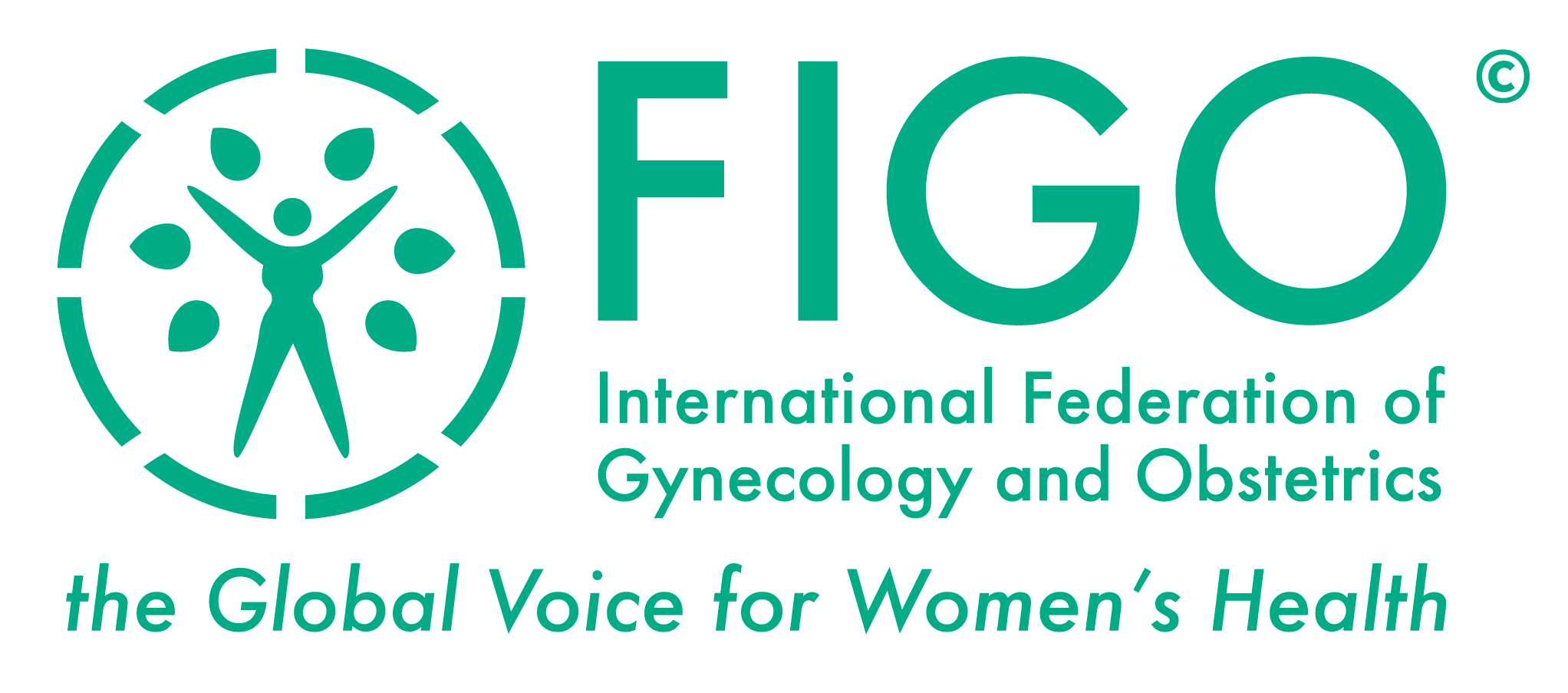Imani B, Eijkemans MJC, te Velde ER, Habbema JDF, Fauser BCJM (1999)
Predictors of chances to conceive in ovulatory patients during clomiphene citrate induction of ovulation in normogonadotropic oligoamenorrheic infertility. J Clin Endocrinol Metab 84:1617-1622Inhorn MC. Right to assisted reproductive technology: Overcoming infertility in low-resource settings. Int J Obstets Gynecol 2009; 106:172-4.
AbstractThe present prospective follow-up study was designed to identify whether clinical, endocrine, or ultrasound characteristics assessed by standardized initial screening of normogonadotropic oligo/amenorrheic infertile patients could predict conception in 160 women who reached ovulation afterclomiphene citrate (CC) medication. Additional inclusion criteria were total motile sperm count of the partner above 1 million and a negative history for any tubal disease. Daily CC doses of 50 mg (increasing up to 150 mg in case of absent ovarian response) from cycle days 3-7 were used. First conception (defined as a positive urinary pregnancy test) was the end point for this study. A cumulative conception rate of 73% was reached within 9 CC-induced ovulatory cycles. Patients who did conceive presented more frequently with lower age (P < 0.0001) and amenorrhea (P < 0.05) upon initial screening. In a univariate analysis, patients with elevated initial serum LH concentrations (>7.0 IU/L) had a higher probability of conceiving (P < 0.01). In a multivariate analysis, age and cycle history (oligomenorrhea vs. amenorrhea) were identified as the only significant parameters for prediction of conception. These observations suggest that there is more to be gained from CC ovulation induction in younger women presenting with profound oligomenorrhea or amenorrhea. Screening characteristics involved in the prediction of ovulation after CC medication in normogonadotropicoligo/amenorrheic patients (body weight and hyperandrogenemia, as shown previously) are distinctly different from predictors of conception inovulatory CC patients (age and the severity of cycle abnormality). This disparity suggests that the FSH threshold (magnitude of FSH required for stimulation of ongoing follicle growth and ovulation) and oocyte quality (chances for conception in ovulatory cycles) may be differentially regulated.
